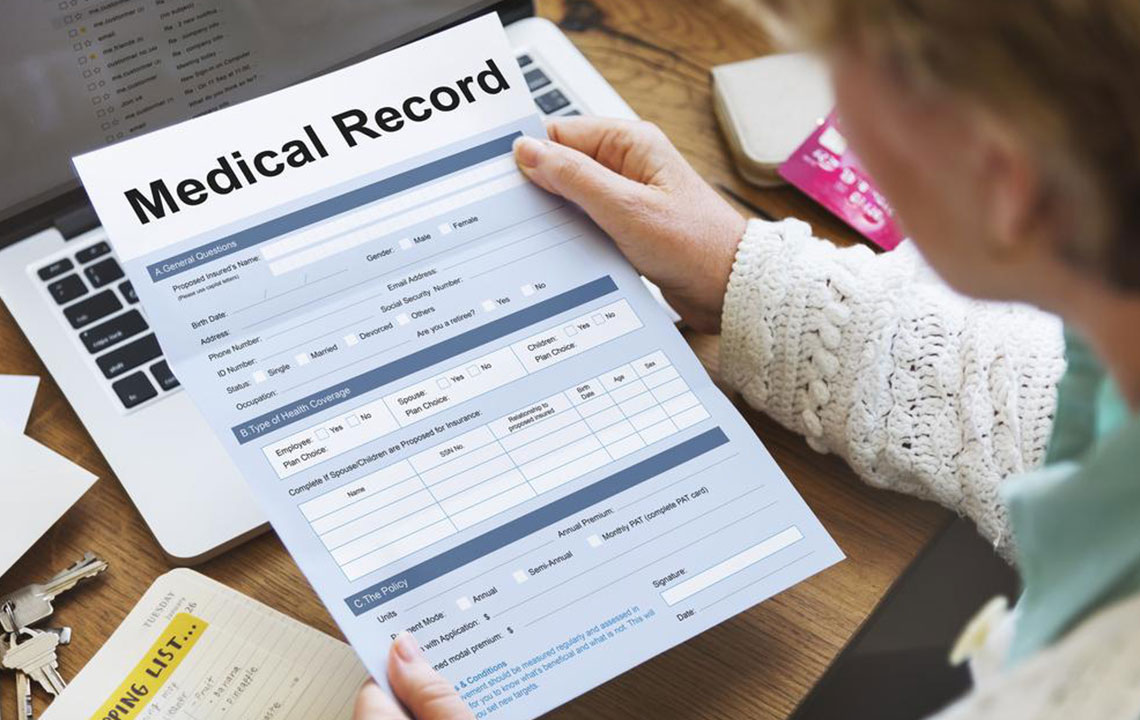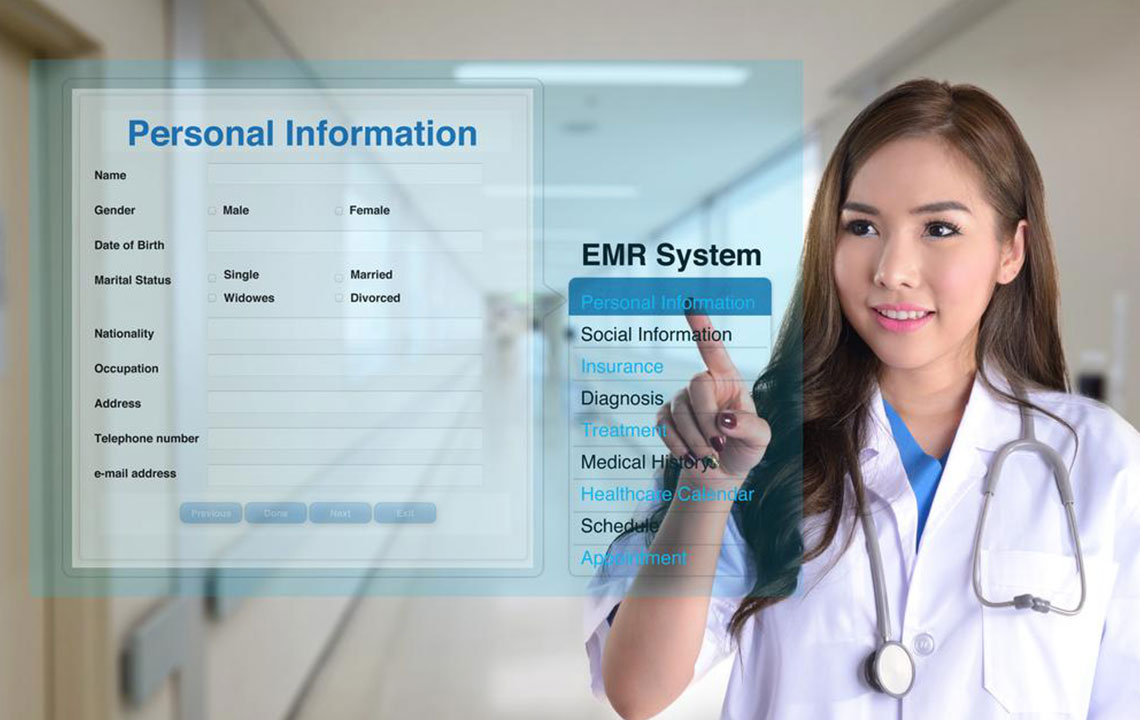Comprehensive Guide to Effective Medical Record Organization for Better Healthcare Management
Discover comprehensive strategies to organize your medical records effectively, ensuring quick access and enhanced healthcare management. This guide covers physical and digital organization methods, security tips, and ongoing maintenance for maintaining up-to-date health documents. Proper record management is essential for timely medical decisions, emergencies, and long-term health tracking. Implement these expert tips to streamline your medical documentation process for better health outcomes and peace of mind.

Comprehensive Guide to Effective Medical Record Organization for Better Healthcare Management
Strategies to Keep Your Medical Documents Organized, Accessible, and Secure
Managing medical records can often feel overwhelming, especially with the volume of documents generated during regular healthcare visits. Disorganized files not only increase stress but can also delay critical medical decisions and treatments. Developing a reliable and systematic method to organize your medical records is essential for maintaining your health efficiently. This detailed guide will walk you through practical strategies to organize, store, and manage your medical documents effectively, whether you prefer physical files or digital storage systems.
Understanding the Importance of Proper Medical Record Management
Proper management of medical records plays a crucial role in ensuring quality healthcare, facilitating quick access to vital information, and maintaining a comprehensive history of your health. Well-organized records assist healthcare providers in making accurate diagnoses, prescribing appropriate treatments, and avoiding medication errors. Additionally, systematic record-keeping is invaluable during emergencies when immediate access to your medical history can save lives. In today’s digital age, maintaining both physical and electronic health records is the optimal way to ensure security, accessibility, and longevity of important health information.
Step-by-Step Approach to Organizing Medical Records
1. Establish Clear Filing Categories
Start by creating a structured approach for your medical records. Designate specific folders or digital directories for different types of health documents. Common categories include allergies, chronic conditions, medications, vaccinations, surgical histories, diagnostic tests, and emergency care records. For physical files, use sturdy folders labeled clearly with these categories. For digital storage, create separate folders or tags for each category for quick retrieval.
2. Implement a Consistent Filing System
Develop a routine for filing new documents immediately after each healthcare visit. Always date each record and note the healthcare provider’s name and purpose of the visit. Consistency is key—use uniform labels and organization methods to avoid chaos. If using physical files, consider color-coded folders for quick visual identification, e.g., red for emergencies, green for medications. Digital systems can utilize folders or tags, along with naming conventions that include date and provider name for easy searching.
3. Use Digital Storage for Convenience and Security
Transitioning to digital records offers numerous benefits, including easy access, backup options, and reduced physical clutter. Consider utilizing secure cloud storage services or dedicated electronic health record (EHR) systems that encrypt sensitive data. Before digitizing physical records, scan them with high-quality scanners to ensure clarity. Organize digital files systematically, maintaining a naming convention that includes date, category, and provider's name. Remember to set strong passwords and enable two-factor authentication to enhance security.
4. Keep Physical Copies as Backups
While digital records are convenient, maintaining physical copies as backups is wise, especially for important documents like vaccination records, surgical histories, and prescriptions. Store physical files in a fireproof, waterproof safe or a secure filing cabinet. Regularly update these files by adding new records and removing outdated or irrelevant documents.
5. Consult Healthcare Providers for Record Priorities
Ask your healthcare providers which documents are most critical for your ongoing care. Some records, such as immunization history, allergy lists, and recent test results, should be prioritized for quick access. Providers can also advise on the best methods to share records securely with specialists or new healthcare providers, streamlining your medical management process.
Additional Tips for Maintaining Your Medical Records System
Regularly Review and Update your records at least biannually to add new information and discard outdated data.
Create an Emergency Record Packet with vital health information, current medication list, allergy alerts, and emergency contacts for quick access during crises.
Use Apps or Software designed for health record management to keep track of appointments, medications, and health metrics efficiently.
Share Records Securely with trusted family members or caregivers, especially if they assist in healthcare management.
Conclusion
Organizing your medical records might seem daunting at first, but the benefits of streamlined access, better healthcare outcomes, and reduced stress are well worth the effort. Whether you opt for physical files, digital storage, or a combination of both, establishing a systematic, consistent, and secure system makes managing health information simpler and more efficient. Regular updates, clear categorization, and proper security measures will ensure your health records serve as a reliable resource for present and future healthcare needs. Embrace these strategies today to take control of your health information and enjoy peace of mind knowing your records are well organized and accessible whenever needed.




